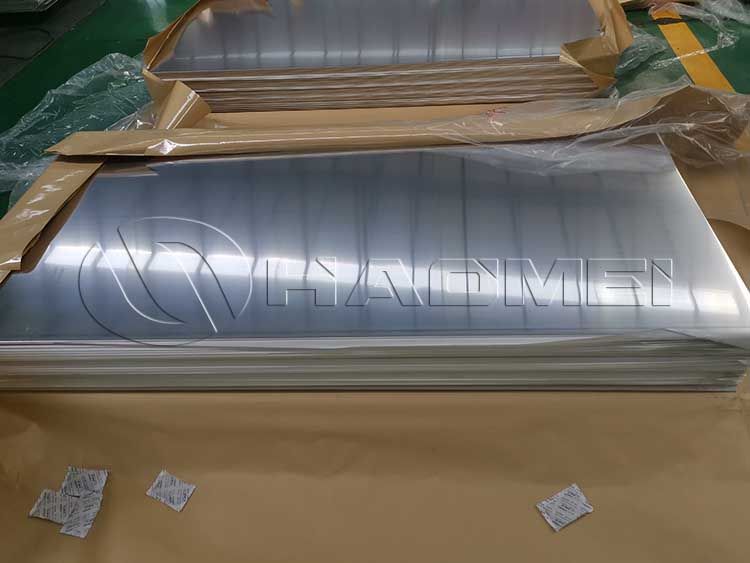Alum 5052 VS6061
Aluminum alloys are widely used in aviation, automobiles, construction and shipbuilding fields. 5052 and 6061 are two common types, and they have significant differences in hardness. What are their differences.
5052 aluminum alloy is mainly composed of aluminum, magnesium and a small amount of chromium, and has high corrosion resistance and weldability. Alum 5052 H32 is one of its main tempers. This aluminum alloy is commonly used in the manufacture of ships, automotive parts, aircraft wings, and a variety of applications that require corrosion resistance.

However, the hardness of 5052 aluminum alloy is relatively low, usually with a Brinell hardness of around 60 in hardness tests. This makes it likely to perform poorly in applications that require high stiffness.
In contrast, 6061 aluminum alloy is a more versatile aluminum alloy composed of aluminum, magnesium, silicon and copper. It has high mechanical properties, including strength and hardness.
6061 aluminum alloy is usually used in the T6 state, which is a heat treatment process that can significantly increase its hardness. In the T6 state, the Brinell hardness of 6061 aluminum alloy is usually between 95 and 100, which is much higher than that of 5052 aluminum sheet.
Therefore, the hardness of 6061 aluminum alloy is significantly higher than that of 5052 aluminum alloy. This makes 6061 aluminum alloy more suitable for some applications requiring higher strength and hardness, such as aerospace, automotive engine parts, bicycle frames, etc. It is able to withstand greater loads and impacts, making it excellent in situations where resistance to external forces is required.
However, it is important to note that hardness is not the only factor that determines the performance of aluminum alloys. Different application areas require different characteristics. The corrosion resistance and weldability of 5052 aluminum alloy may be more important in some cases. In addition, 5052 aluminum alloy is relatively light, helping to reduce the weight of the overall structure, which is also a key advantage in some areas.
In short, there is a significant difference in hardness between aluminum alloys 5052 and 6061. The hardness of 6061 aluminum alloy is significantly higher than that of 5052 aluminum alloy. Therefore, selecting the appropriate aluminum alloy depends on the needs of the specific application.
Factors to consider include strength, hardness, corrosion resistance, weldability, and overall weight. Finally, depending on different project requirements, you can choose the right aluminum alloy to ensure optimal performance and durability. 5052 and 6061 diamond plate aluminum sheets for sale can be both used on the ship deck.
Original Source:https://www.marinealu.com/a/alum-5052-vs6061.html
Tags: 5052 aluminum sheet ,
Prev:What Are The Uses of Aluminum Profiles
Next:Marine Grade 6000 Aluminum with Classification Society Australia